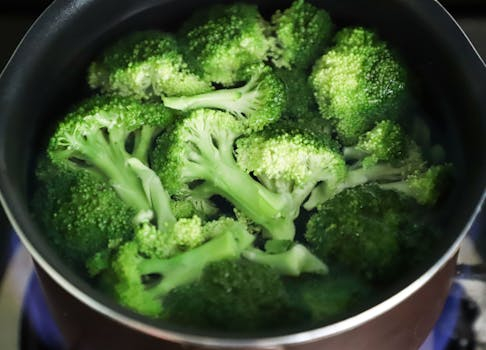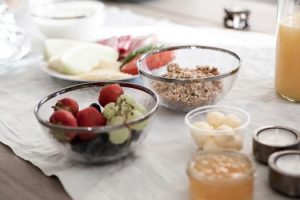Upcycling Food: Recipes That Use Every Part of the Ingredient
As concern for food wastage grows, the concept of upcycling food has gained popularity in recent years. Upcycling food involves finding creative ways to use every part of an ingredient, reducing overall waste and maximizing the nutritional value of our meals. Not only is this a sustainable practice, but it also allows for more diverse and flavorful meals. In this article, we’ll explore the unique and exciting recipes that use every part of the ingredient, reducing both our food waste and environmental impact. Let’s get cooking!
The Importance of Upcycling Food
The United Nations Food and Agriculture Organization estimates that one-third of the world’s food production goes to waste every year. This food wastage not only impacts our wallets, but it also takes a toll on our environment. Rotting food in landfills produces methane gas, a potent greenhouse gas that contributes to climate change. Upcycling food is one way that we can all play a part in reducing our carbon footprint and promoting sustainability.
Recipes That Use Every Part of the Ingredient
1. Broccoli Stem Soup
Broccoli is a versatile and nutritious vegetable, but many people discard the stem, seeing it as an unusable part of the plant. However, broccoli stems are rich in fiber, antioxidants, and vitamins. To make a delicious and waste-free broccoli stem soup, simply chop the stems into small pieces and sauté them with onions and garlic. Add vegetable broth and let it simmer until the broccoli stems are tender. Blend everything together and top with some croutons for an extra crunch.
2. Watermelon Rind Pickles
Watermelon rinds are often thrown away, but they are entirely edible and even have health benefits. They are a good source of citrulline, an amino acid that helps regulate blood pressure and boosts immune function. To make watermelon rind pickles, slice the rind and remove the green outer layer. Cut them into small, bite-sized pieces and soak them in a mixture of vinegar, sugar, and spices for a few hours. Drain the excess liquid and enjoy your homemade pickles!
3. Cauliflower Leaf Pesto
While many recipes call for using only the florets of cauliflower, the leaves are also edible and packed with nutrients. To make a delicious pesto, chop the cauliflower leaves and sauté them with garlic and olive oil until they’re slightly wilted. Blend them with some pine nuts, parmesan cheese, and lemon juice for a flavorful and nutritious sauce.
4. Carrot Top Chimichurri
When buying carrots, the leafy green tops are often discarded. But these tops are edible and full of vitamins and antioxidants. To make a tasty chimichurri, blend the carrot tops with olive oil, garlic, and herbs like parsley and oregano. Use it as a marinade for meats or as a zesty topping for roasted veggies.
5. Potato Peel Chips
Instead of tossing potato peels in the trash, turn them into a healthy and delicious snack. Rinse, pat dry, and season the potato peels with your favorite herbs and spices. Bake them in the oven until crispy, and enjoy your guilt-free chips!
A Final Note
There are countless ways to upcycle food and reduce waste in the kitchen. Some other creative ideas include using vegetable scraps to make homemade broth, turning stale bread into croutons or breadcrumbs, and freezing overripe fruits for smoothies. By getting creative and utilizing every part of the ingredient, we can all make a positive impact on our planet and enjoy delicious meals at the same time.
Remember, upcycling food not only benefits the environment but also our wallets. So next time you’re preparing a meal, think twice before throwing away any “inedible” parts of your ingredients. A little innovation in the kitchen can go a long way in reducing food wastage and promoting sustainability. Happy cooking!











